As kindergarten teachers, our primary goal is to equip young learners with the ability to read sight words or high-frequency words effectively. This skill not only prepares them for kindergarten but also sets the stage for success in first grade and beyond. Rooted in the science of reading, we know that the right strategies can make all the difference in helping our students become proficient readers. While teaching letters and their sounds is fundamental, the true challenge lies in helping students learn words that both follow known word-building rules. Additionally, teaching children to understand which words break the rules and we have to memorize or learn by heart.
Teaching Sight Words in Kindergarten
Before you can dive deeper, let’s define some keywords for the terms sight words, high-frequency words, and heart words. Many teachers use these terms incorrectly and correctly without true understanding.
Sight words, also known as high-frequency words or heart words, are words that young readers should recognize by sight, without needing to sound them out. These words often appear frequently in early reading materials and do not always follow regular phonetic patterns. Kindergarten students learn sight words to help them read fluently and with greater ease. Examples of common kindergarten sight words include “the,” “and,” “is,” “it,” and “to.”
High-frequency words are words that occur most frequently in written texts. For kindergarten students, these words are essential to recognize quickly because they appear often in the books and materials they read. High-frequency words may or may not be phonetically regular, which means some can be sounded out while others are best learned by sight. Learning high-frequency words helps kindergarten students become more proficient readers and build their reading fluency.
“Heart words” is a term used to emphasize the emotional connection that young learners should develop with certain sight words or high-frequency words. These words are called “heart words” because they are at the heart of reading and literacy development. Kindergarten students should learn to recognize and read these words with love and enthusiasm. Teachers often use various creative methods, such as songs, games, and engaging activities, to make learning heart words enjoyable and memorable for their students. By developing a positive association with these words, children are more likely to retain and use them effectively in their reading and writing.
5 Phases of Word Recognition
This is important to know when Teaching Sight Words in Kindergarten. Did you know there are phases of word recognition development? In fact, there are 5 phases called Elri’s phases of word recognition development. “The goal of moving students through these phases is to develop their sight word vocabulary.” (page 163 of Teaching Reading Sourcebook)
1. Pre-Alphabetic Phase– “read” visual clues
2. Partial Alphabetic Phase– some sound/spellings
3. Full alphabetic Phase– most common sounds/spelling
4. Consolidated Alphabetic Phase– chunks of letters within words
5. Automatic Phase– proficient word reading
Students who become automatic with words have committed these words to memory. When these readers come to words they are unfamiliar with, they need multiple strategies to identify the word. A reader who is at the automatic stage is able to focus on the meaning of the text.
But how can you teach sight words in Kindergarten?
Let’s talk for a moment about three types of words; irregular words, regular words, and high-frequency words. To start, irregular words can be decoded by sounding them out. These words have to be memorized. Next, regular words can be decoded and sounded out. This can be a challenge in Kindergarten because many times there is a phonics rule that pertains to regular words, but you may not have taught this specific rule just yet. This means this word can be a temporary irregular word. You can see how this gets tricky. Additionally, there are high-frequency words- regular and irregular words that appear most often in printed text.
I can not wait to share with you about teaching sight words in Kindergarten. Last year I worked on the idea to create sight word stations. My goal was to get my students to WORK with sight words for a small chunk of time each day. I want them to read, build, write, and use sight words in engaging activities. We are talking about using explicit, direct instruction followed by actual time to work on learning the word. What were the results? Amazing. Let me tell you about sight word stations.
HOW I TEACH SIGHT WORDS IN KINDERGARTEN IN STAGES
- We start by starting to change the conversation with parents to change our conversation from sight words to high-frequency words. We are starting this transition in the 2023-2024 school year. If you are wondering why I am still referring to high-frequency words as sight words, it is because I have to find those who still call high-frequency words sight words so we can change that conversation.
- Then, we work on the process of orthographically mapping words to help brains learn new words for them. We do this every single Monday. We discuss which words are decodable and which words are rule breakers. This is a great time to work on red words and perhaps a red word book if you have been trained in OG. Orthographic mapping is the process of storing a word permanently in memory for instant retrieval. (Ehri, 2014, Kilpatrick, 2015). Our brains use what we know about letter-sound relationships plus our awareness of speech sounds to map letter patterns and words together as units. Moreso, units are stored in long-term memory.
- Next, we work on Sight Word Stations Tuesday- Thursday to focus on using these words. Our goal is pretty simple, to give students more opportunities to work with set words to develop mastery. This is a way to teach game structures to allow students to learn their sight words in fun ways. This is hands-on word practice that uses the Spell-Out Strategy, SIPPS) Shefelbine and Newman 2001)
- On Fridays, we review all the words we have previously learned this year by playing review games. Students who don’t gain 100% mastery of words presented this week can stay in stations and work on words. But, I must provide opportunities to review MANY of the words we have already learned. I have found this to benefit my students who may have word confusion. For example brown and down. My students learn brown first. We had great success with brown until we introduced the word down. Then we see some word confusion so we have to work on both words together to help students see the difference in the letters that begin these words.
WHAT HAPPENED WHEN WE STARTED SIGHT WORD STATIONS?
When we started Sight Word Stations, it was a HUGE hit. This is a way to improve sight word learning in a fun way. My students ran to their stations and complained when we left. Their sight word retention increased, but more importantly, their ability to USE their sight words in writing drastically increased. Students were having fun and learning to read and use sight words. In fact, many years later, we are seeing the same results week after week. Students are learning to read these words when I am teaching sight words in Kindergarten. Additionally, this can be done in small groups and with less work for lesson plans. I can not even begin to explain to you as a kindergarten teacher how powerful our independent learning became with my own students.
HOW WE START SIGHT WORD STATIONS
My school system starts integrating sight words/ high-frequency words in the second week of school therefore I start teaching these words in the second week of school. Initially, we focused on simply learning how to break down and map words and how to complete each activity. I paid close attention to my students’ sight word retention, their use of those words in reading and writing activities, and their attention span in activities. One major factor I have learned is that my students excel when they are able to complete each sight word activity in small groups.
Once my class could master the mapping process and how to complete tasks, we accelerated our stations to work on each set of words during a one-week period of time. Again, I paid close attention to the needs and abilities of my students. I moved only at their pace. We also started doing actual independent station time now. 10-20 minutes a day of JUST open choice, free-flowing sight word stations. Once the light bulb illuminates, they cannot get enough words.
What are the results? More than half of my student show 100% mastery of their sight words/high-frequency words at the end of every week. It is typical for more students to show mastery of almost every word. It is rare for any student to not show mastery of any of the words we are teaching. If this happens, it is typically a student with little letter identification or sound knowledge. Additionally, I typically know we have a major learning issue that requires more interventions and learning support. Yes, we use some sight word printables, but we also work on using printables in different ways and focus on specific sight words. Moreso, you can use this strategy to learn a lot of sight words at a time, if that is required. You can also use this to focus on a few words and review words.
-
Product on saleSight Word Games & Stations {3rd Grade~Bundled}$28.00
-
Product on saleSight Word Games & Stations {2nd Grade~Bundled}$32.00
-
Product on saleSight Word Games & Stations {First Grade~Bundled}$25.00
-
Product on saleSight Word Games & Stations {Primer~Bundled}$36.00
-
Product on saleSight Word Games & Stations {PrePrimer~Bundled}$25.00
Teaching Sight Words in Kindergarten Using a Phonics Sequence
Research supports using phonics knowledge and sequencing to build high-frequency word knowledge. It makes sense to focus on high-frequency words that follow the phonics rules that you are teaching. Sadly, I have heard from teachers across the country that do not have this as a reality. Don’t be discouraged if you are limited to the best teaching practices by the realities of the job. Sometimes you have to do what you have to do, even when you know better and want to do better. I can tell you that OG recommends teaching one red word a week. From my years of experience and research into best practices, I recommend using phonics instruction to introduce decodable words. No, I am not able to do this at my school. I have to teach specific words in a specific order.
SIGHT WORD STATIONS Sequence
My students successfully completed all the PrePrimer Sight Word Stations within the first 12 weeks of school. Then, we have moved on to the Primer Sight Word Stations. I have taken some pictures over the past few weeks of our amazing sight word adventures… so hand on tight to see what we have been doing. My county has very high expectations for sight word/high-frequency word retention, so we move very fast- often teaching more words a week than is recommended.
SIGHT WORD STATIONS Set Up
To set up the structure for teaching sight words, I use the tables in my classroom. I have 6 tables that hold 4 students each. Therefore, I use 6 games, one at each table. Additionally, I make sure I have materials for 4 students at each table. You are going to make games and materials that work for your classroom setup. Some things you will need include baskets, pencils, crayons, watercolors, magnetic letters, and possibly other materials you can grab from Dollar Tree to make learning fun and help those little minds grow.
CLEAN UP FROM LAST WEEK AND RESET SIGHT WORD STATIONS
Now, let’s talk about Teaching Sight Words in Kindergarten when it comes to resetting from one week to another. Time is critical. First, on Friday afternoons, I lay out the baskets from the week before.
The chairs were on the table because my carpet was being vacuumed because this is real life. I collect all the parts we have left over from the week before. I put the small pieces in baggies and I collect extra copies of the activities. Then, I place all these sight word activities into a binder so we can continue to use them for the entire year as acceleration and remediation.
Check out how to store and reuse sight word stations here.
PREP FOR THE NEW WEEK for how to teach sight words in Kindergarten
After I put away the words and activities from the week before, I flip to the next section of the binder to grab the activities for the next set of sight words. So once I grab those activities, I put the new words in the baskets. I feel like the biggest trick and the easiest way to save my time is to keep all my sight word stations in this binder to make changing out activities as easy as possible. You can make sure your binder follows your sight word list and your curriculum map or specific sight word sequence. Additionally, I can use this binder and process with parent volunteers.
Because of this structure, resetting is extremely easy. First, I print the copies in just a few minutes. This week needed 3 sets of copies. Then I fold the tent piece in the orange basket and add the words to the die for the yellow. The hardest part is laminating the pieces and cutting them apart. This takes maybe 5 minutes too.
LET’S BREAK DOWN SOME SIGHT WORD STATION OPTIONS
These are the full activities and the different ways we practice our specific sight words in fun ways. You must have relevant sight word activities that are fun activities that are hands-on students WANT to complete to encourage the learning process. I only set up 6 at a time and I rotate or change out the activities based on student engagement and interest from week to week, for even better results.
ROLL THE WORD
This activity is called Roll the Word. We roll the die and graph which word lands on top. We say each letter of the word as we write it. I included a cube in the pack if you don’t have the foam dice to make this. This game is a great way to practice writing sight words and using math skills.
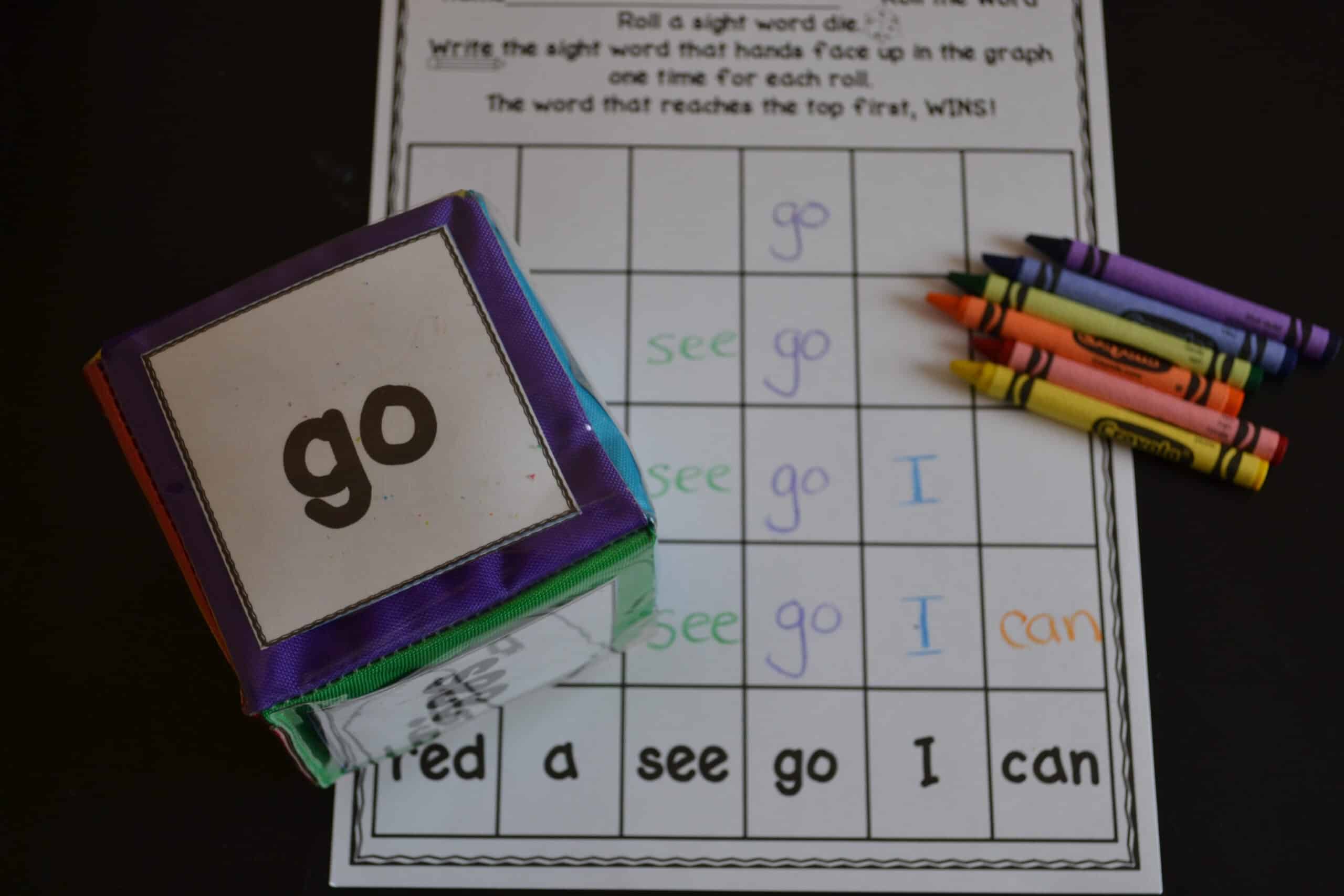
UNSCRAMBLE THE SENTENCE
This activity allows students to unscramble the sentence. There are colorful pocket card-sized cards and worksheets. My students love to use colorful sentence scrambles on pocket charts. As a follow-up activity, we use these printables to practice sentence scrambles independently.
Each pack comes with at least 2 sentences to scramble sets. Each set has one pocket chart sentence and one worksheet for each sentence. The cards and the sheets match each week. These example photos came from different packs over the past few weeks.
WORD PUZZLES
Another table activity is the word puzzles. I set up the folded paper as the tent. This gives my little learners an extra easy word enforcer to help them build the words. Students can work on building words using the pull-down method to say and spell their words.
SIGHT WORD MEMORY
The easiest table station is memory. It is a student favorite. I make sure my little wonderfuls practice saying the words as they flip it over. That is the most important part. If they don’t know the word they turn over, they can ask their friends around them. They can even ask me! This table is typically a hit by many students and they love to play it. It can also not be meaningful if students are not saying the words.
PAINTING SIGHT WORDS
One of the sure-fire FUN ways to use sight words is with the painting sheets. Who doesn’t want to use watercolors to make sight words? I feel like painting should be a standard in every Kindergarten classroom, but I know that some teachers have administration restraints. Painting sight words may be a way you can sneak painting into your classroom. Students love to paint, but again, I want to tell you how important it is to say and spell the words here.
CHECK OUT SNAPWORDS
Next, I also love to use these awesome sight word cards from Child 1st. They are called Snap Words… and I have used them for years! I actually bought a second set for my own child to use at home! Here are her baggies with a smiling face for YES and a frown face for no. We used them for months at home with enormous success, and my own kinder knows ALL her sight words.
LISTENING TO WORDS WITHOUT THE TEACHER
Also, check out these QR Scan & Learn Sight Word Books…
My students can scan and HEAR me read the words to them with a supportive sentence. I have a PrePrimer Book, Primer Book, and 1st Grade Book. {These are divisions of the Dolch sight words.}
YOU CAN NOW CREATE YOUR OWN EDITABLE SIGHT WORDS!
CLICK HERE to check out these files to help with Teaching Sight Words in Kindergarten.
I hope you got some ideas on some great sight word activities you can use in your classroom. Here is a link to older posts all about Sight Word Stations. You can buy the bundles to save on the cost, as I always discount the bundles. There is no code needed to get this discount.
NEED MORE INFO for Teaching Sight Words in Kindergarten?

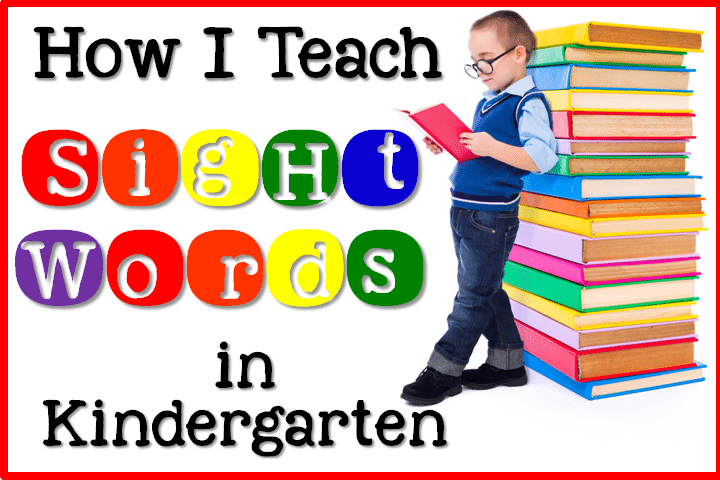
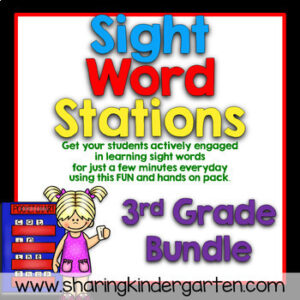
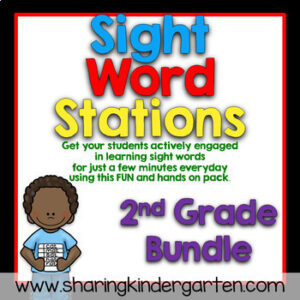
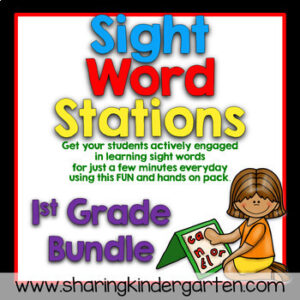

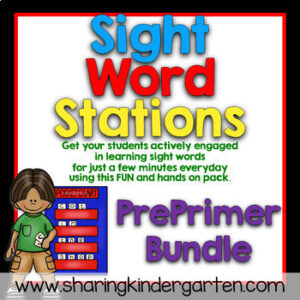
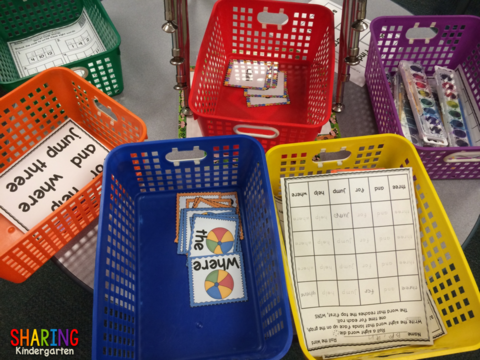
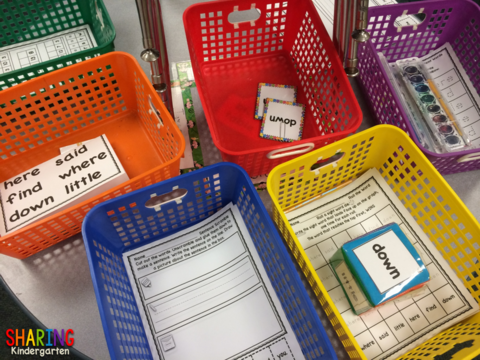
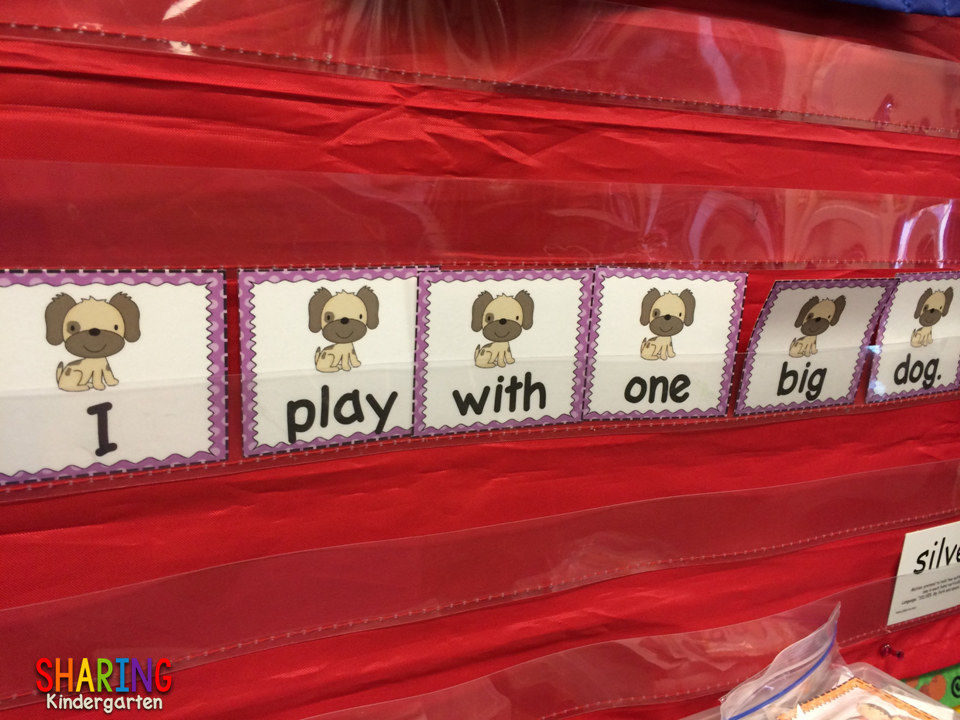
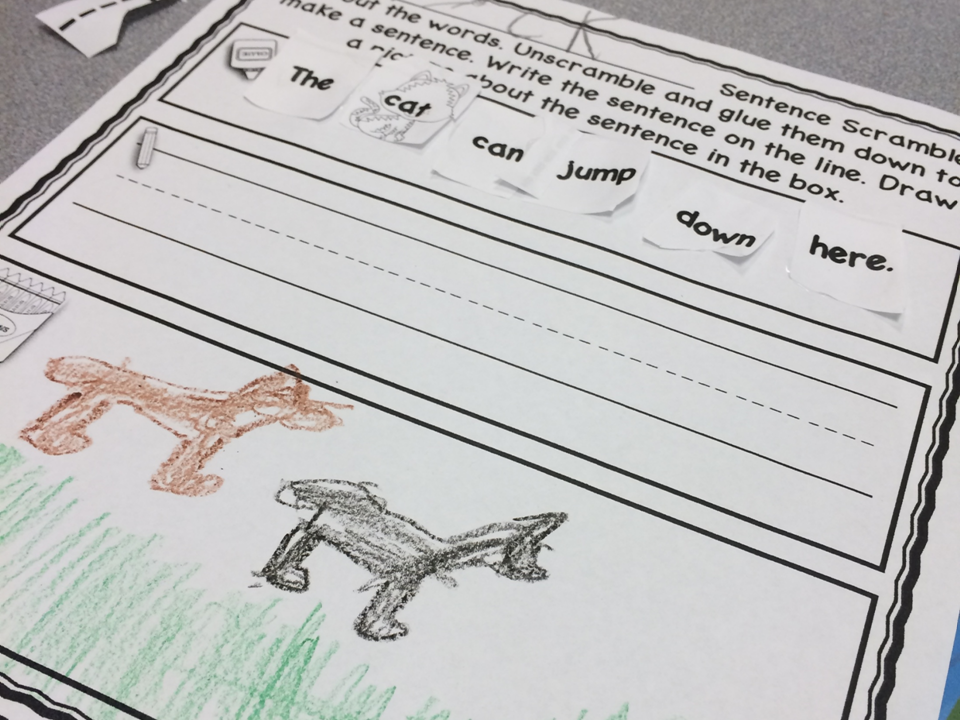
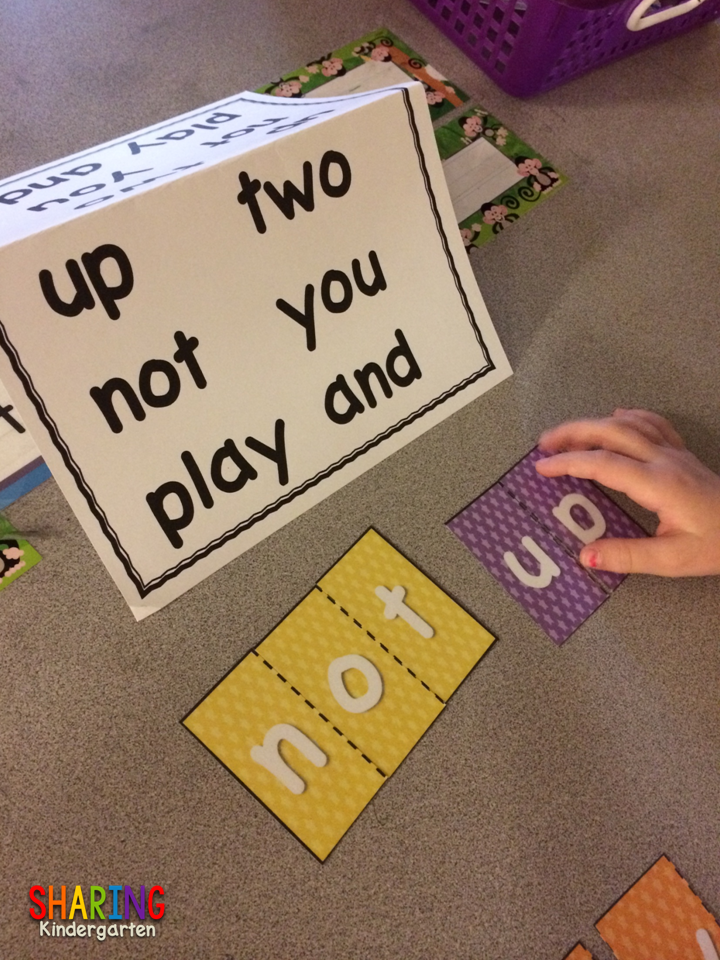
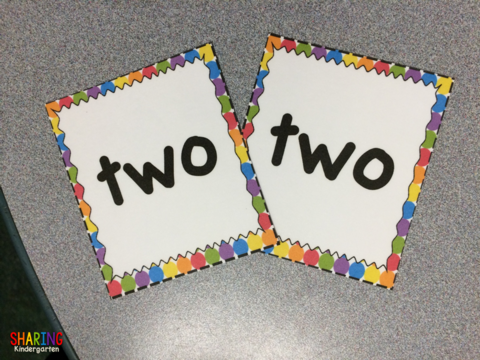
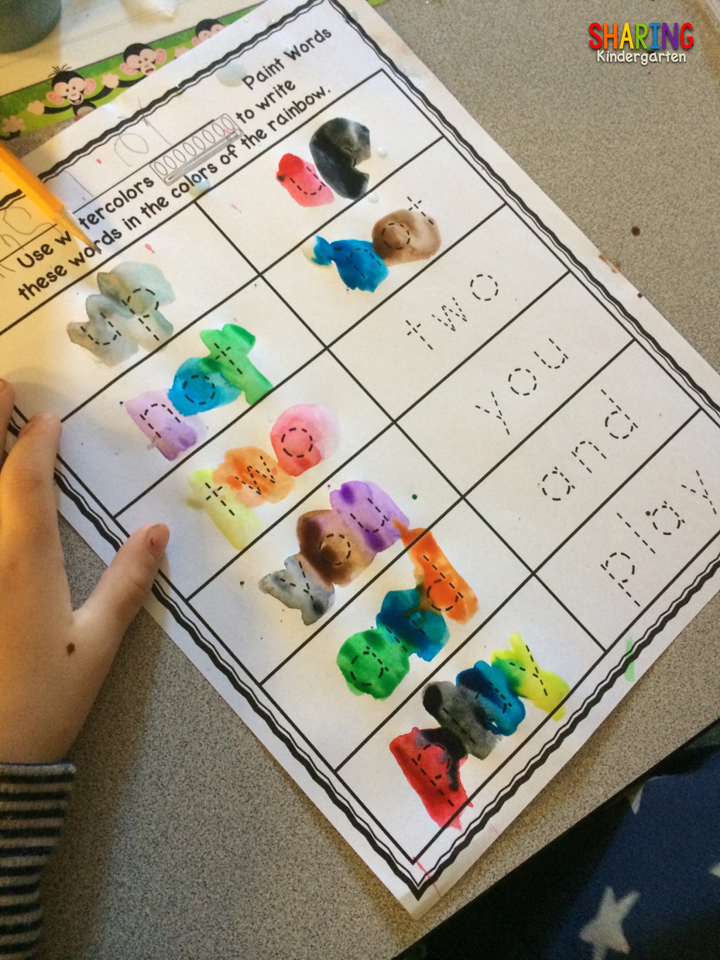
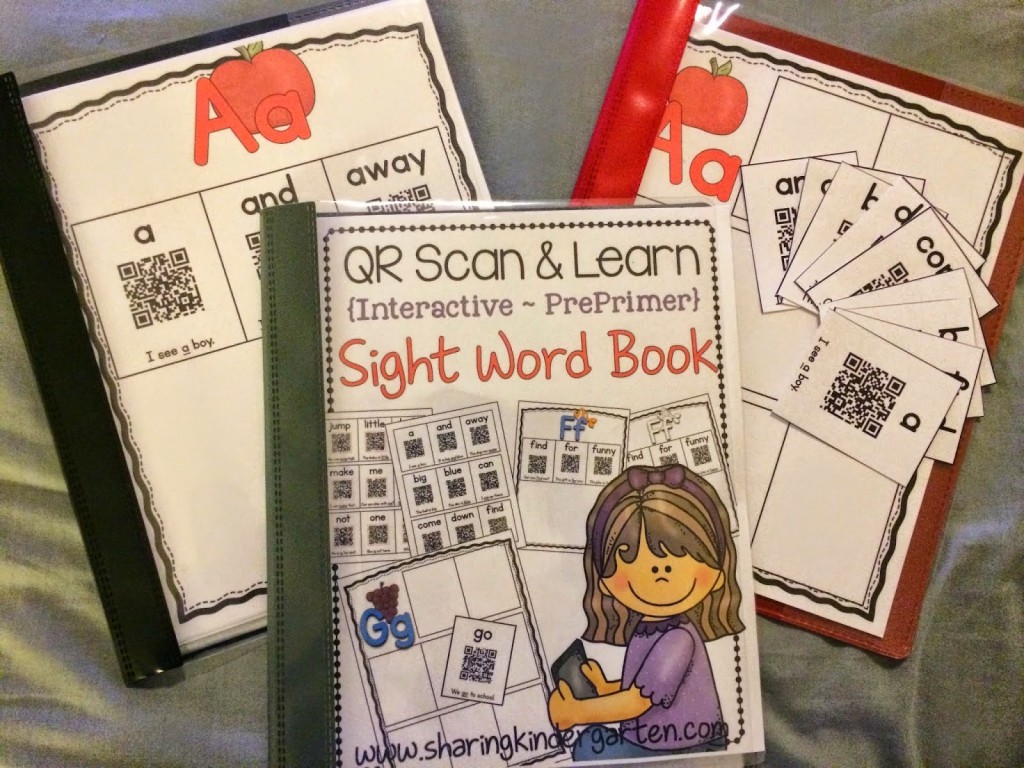
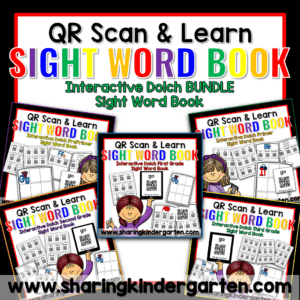

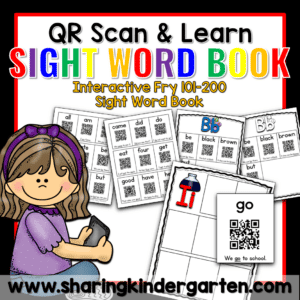
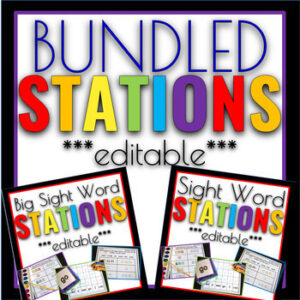
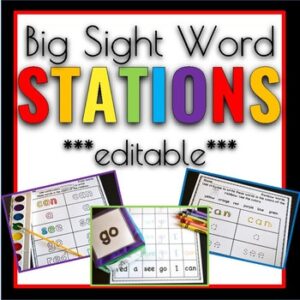
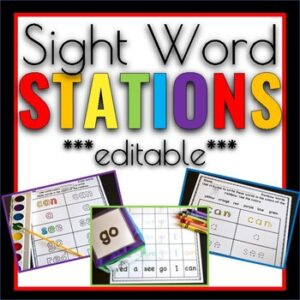
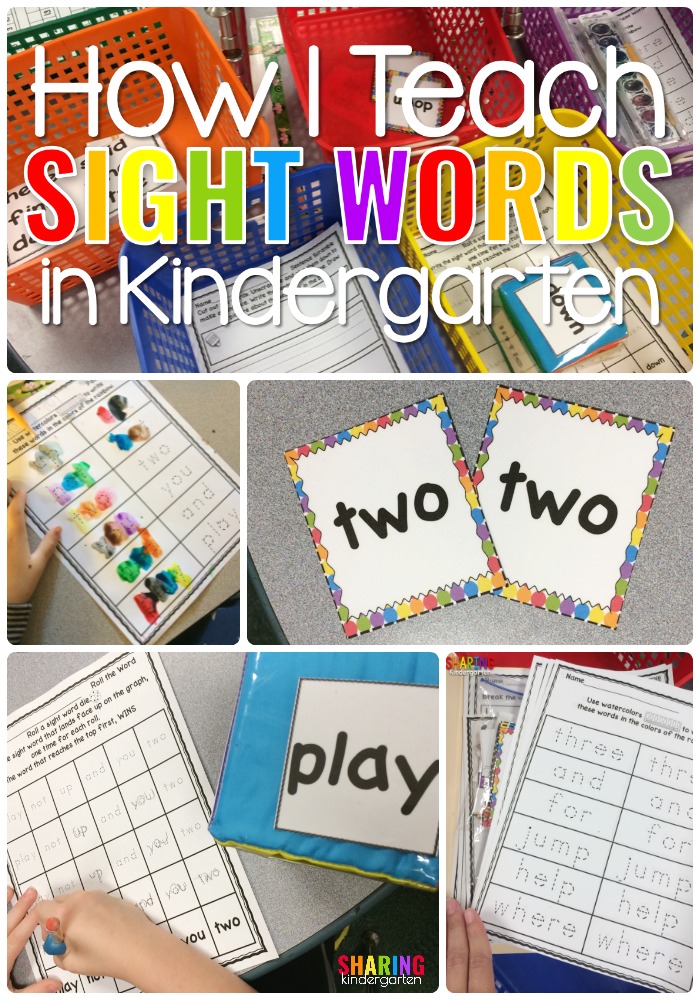
I love and can't get enough if these stations! My kindergarten EIP students beg to do them. They are amazing!
*of
My kids too! THEY LOVE THEM. They will give up everything to go back to them.
I have used the first week since that is as far as we have gotten with those words. (I have to go by our reading series word list so I add the words from your centers as extra words). We already lost some word puzzle pieces in which I have no idea where they went to because they are no where to be found! I sent a note home today asking for any Magna Doodles for another center. How do you manage the centers that take longer than others?
great question… ALL OPEN CHOICE… I don't.
It is that simple.
Engaged students stay at their station working until they are finished, then they can pick another.
If I hear them NOT working or being engaged, I quietly speak to them and choice their station for them. If they are not progressing or learning their words, I "play" beside them or watch their choices closer.
Again… all open choice. They change groups whenever they are ready.
WOW! What awesome sight word station ideas!! Thanks for sharing 🙂
Julie
The Techie Teacher
I teach PreK and had some students ready for sight words. I found this last year and have used it, We use it in small group. I love to "pick and choose" the activities I think they are ready for. I love how the activities are the same, just the words change. There is a "method to the madness". I recommend as THE sight word "go to". Love it.
I love your stations! I wish my district used the Dolch list, but we use our basal words. So, I cannot use your products, but I sooooo wish I could. Love them!!
Alyce
Thank you for sharing your system for teaching the sight words. Anytime someone shares a tried and proven success, others benefit. I must ask you to please proof the opening sentences of your post. As an educator of 40 years, I know how important it is for fellow educators and myself included, to be correct and precise in what we write and say. As I began to read your post, I noticed the errors and thought, "would someone listen to me, if I am incorrect in writing?" I am sure it was written in haste because teachers have so little spare time. I am right there with you! Please know that I am in no way criticizing, I offer these suggestions in a caring nature. Thank you again for your efforts for our children and for sharing with fellow teachers.
I AM THE WORST TYPER EVER…
no other reason than that!
I am trying to use the 20% code when I check out and it is not working.
Is the code still valid?
Are you on CHILD1st site?
No TPT
Gotcha… that code is a discount on Child1st that they offer for my readers because I love their products so much. I updated the post to make this a little clearer. Sorry for the confusion. I can't generate TpT discount codes. All the sight word station bundles are discounted though.
Thanks for the information 🙂
I already purchased the sight word bundle. I should get a free update??? Am I mistaken?
When and how do you do guided reading groups? Is it during these choice centers?
My county does Daily 5 for reading stations. I also do sight word stations. Then separately I have math centers too!
LOVED your sight words presentation at I Teach K and just had to come check out this post! Can't wait to get these up and running this year!
Jenn
Crayons & Cuties In Kindergarten
Just wondering how many students you have in your class and how many students per station?
How many students do you have in your class? How many stations do you have out? Just wondering how many students you have at each station at once? Do you have a limit of how many there can be? Do you check their work?
It varies each year. Always in the 20s. I have at least 8 stations set up. You have to have enough stations for students to move through at their own rate. I do have a limit for each group because my tables are small. Small tables get 4 students, larger tables get 6. 🙂 I do not check their work, but I assess their sight word progress. IF they are making progress, I let them be. If they are not, we conference to discuss how they learn the best.
Mary, I like the sight word stations that you provided above. thanks!
Hi!
I love these ideas
I’m wondering how the children scan the QR codes?
Maybe it’s something technological that my school doesn’t have.
I love the idea to self check the work…but with what?
I’d love to know…thanks again
🙂
They use smart devices that are on wifi and a free app that scans the code. 🙂
This is very impressive! I wish I had found it at the beginning of the school year!
Wish you had them for the rest of the Dolch word list, too! It’s been really tough to figure out something that will work for both first and second grade!
Sounds like a great plan for next year.
Where did you find the cute trays?
The color baskets? Really Good Stuff